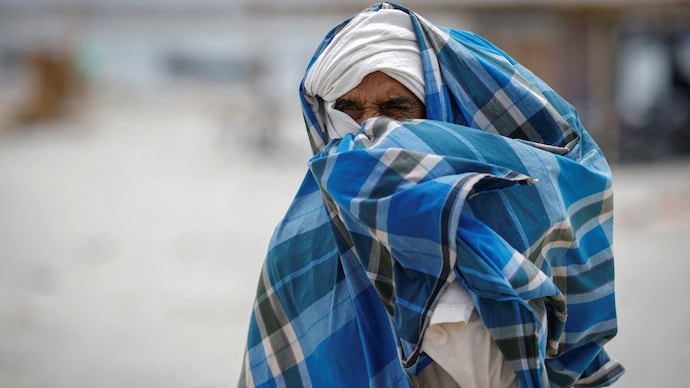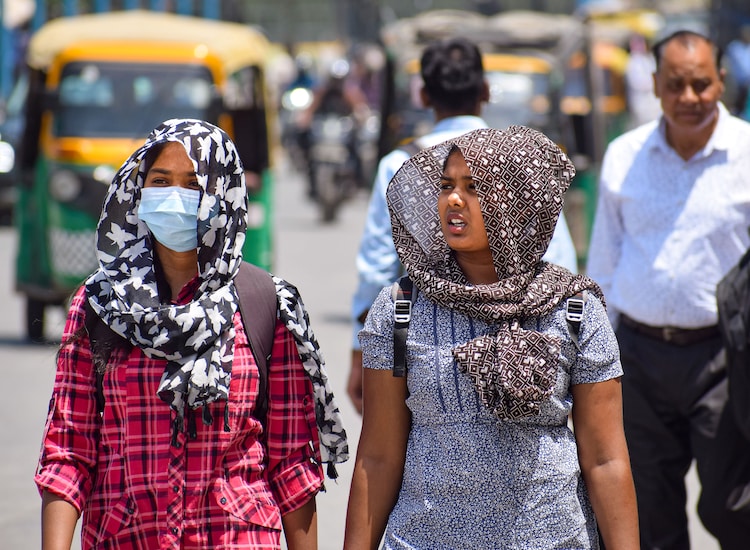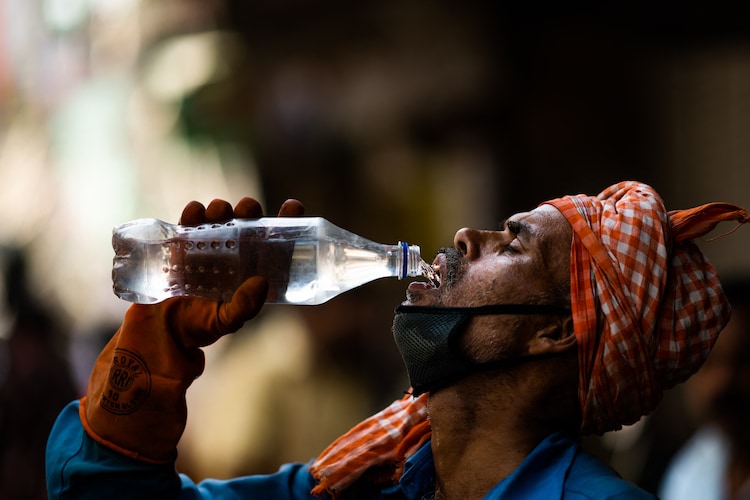Heatwave Alert: Doctors have warned of serious health risks amid rising temperature
As the temperature increases in the Delhi-NCR region, children, elderly, pregnant women like weaker groups, and pre-existing conditions such as heart or kidney disease are at greater risk.

The mercury is growing in Delhi and doctors have warned that excessive heat exposure can cause a series of health issues – due to excessive sweating and salt loss, by light rashes and muscle cramps, in severe conditions such as heat tiredness and heatstroke.
Delhi recorded its first heatwave of the season on Monday, touching the maximum temperature of 40.2 degrees Celsius. The city is currently subject to a yellow warning, which will remain in force until Wednesday.
In India’s Meteorological Department (IMD) color code, a yellow alert stands for “aware” and advises people to avoid heat contact, wear light, light colored and loose cotton clothes and cover their heads.
Under these conditions, weak groups such as children, elderly, pregnant women, and pre-existing conditions such as cardiac or kidney disease are at greater risk.
Senior Director (Internal Medicine) at Max Super Specialty Hospital in Petarganj. Mukesh Mehra said that excessive heat can overwhelm the body’s natural cooling system, which can lead to serious consequences for health.
“Heatstroke, the most severe form of heat related disease, occurs when the body temperature is higher than 40 ° C. It often manifests with symptoms such as confusion, dry and warm skin, rapid heartbeat, and even seizure. Other signs include dizziness, headache, nasia and vomiting,” they explained.

Mehra said, “In such situations, important organs like brain and heart can be stressful due to low cooling and redirect blood flow. It is necessary to quickly identify these symptoms and immediate medical attention to prevent life-dream complications,” Mehra said.
Dr. Rajat Sharma, a resident of community medicine at UCMS and GTB Hospital, said that when the temperature is especially high, exposure to excessive heat in days can cause various health problems.
He said that in addition to summer rashes and muscle cramps, due to excessive sweating and loss of electrolytes, more severe conditions such as heat tiredness may be dizziness, fatigue, heavy sweating and nausea.
The doctor explained that if it is not treated in time, it can increase to hetstroke-a deadly emergency where body temperature regulation fails, causing confusion, loss of consciousness and death in some cases.
Doctors have advised people to be well hydrated, peak to step out during the sun hours and avoid wearing light, breathing clothes. “If one shows the symptoms of heat related disease, they should be immediately taken to a shaded or cooler place,” Dr. Sharma said.
Echoing similar concerns, Dr. Mehra emphasized the importance of preventive measures against diseases related to heat.
He said, “As the condition of heatwave intensifies, prevention is our best protection. Stay hydrated supports the body’s cooling system. People should limit external activities during peak hours, if working outside, rest regularly, and slowly reach the rising temperature,” they said.

Dr. Mehra said, “It can significantly reduce the possibility of growing complications related to heat like tiredness or stroke heat,” said Mehra said.
Director of Liver Transplant and Hepatobili Surgery Department at Sir Ganga Ram Hospital. Ushast Dheer said that with the onset of summer, the risk of exposure to new viral infections and water contamination increases.
He warned that elderly, children and diabetics are at greater risk of heat and should avoid direct sunlight, especially during the afternoon hours.
“With rising temperature, the risk of dehydration also increases. We should be hydrated with non-coffeated fluids. Tea, coffee and carbonated drinks can further dehydrate the body and peak should be avoided during summer months,” Dr. Dhir advised.
Delhi is likely to experience cooler days after April 10, Mahesh Palawat, vice -president of Skymet Weather Services, has predicted cloud cover and fall in temperature due to western disturbances in North India.







